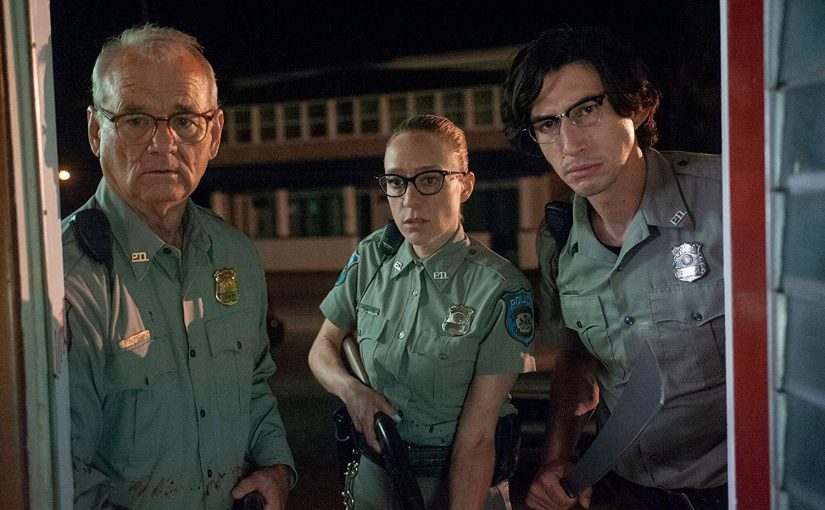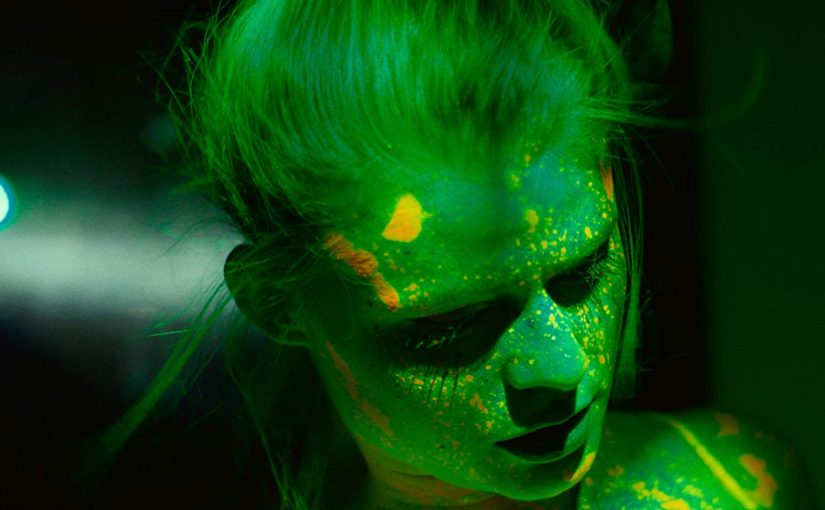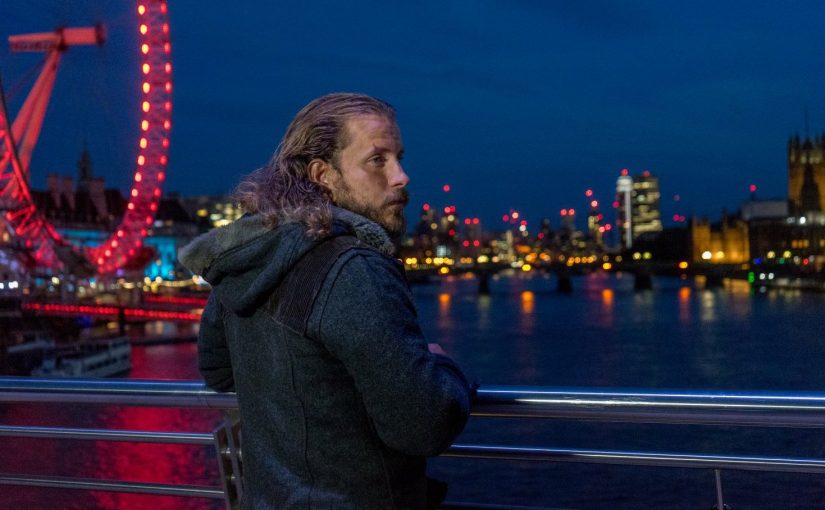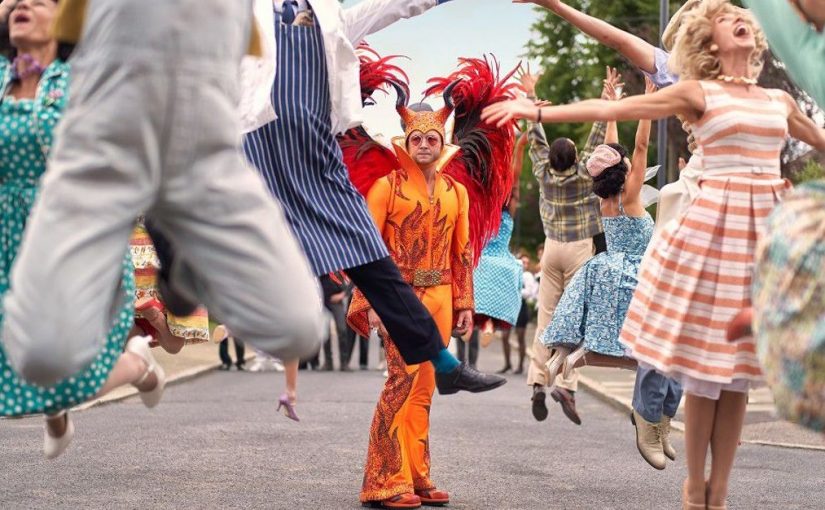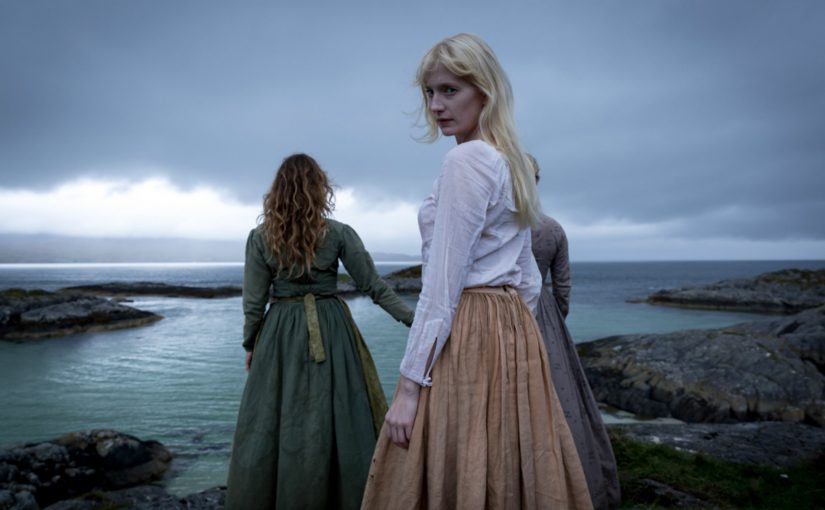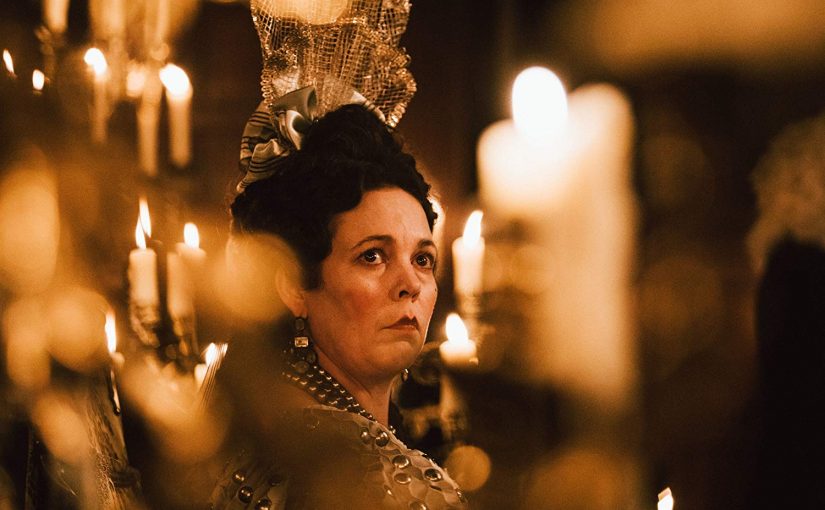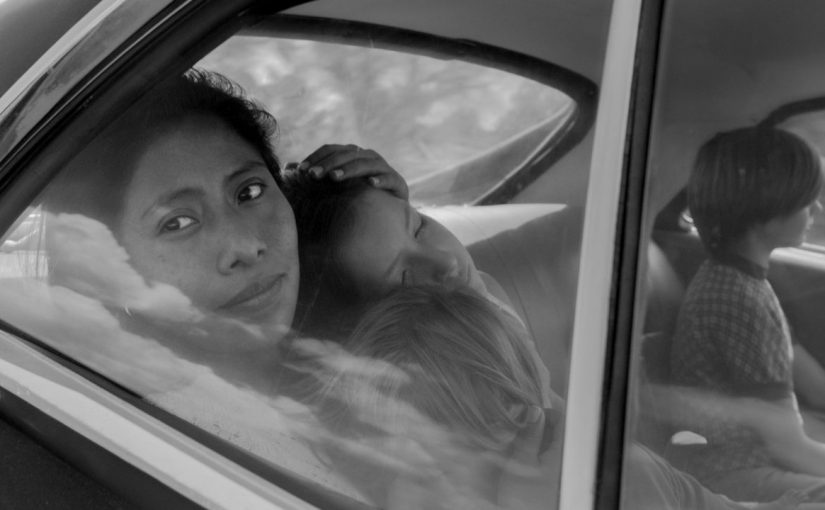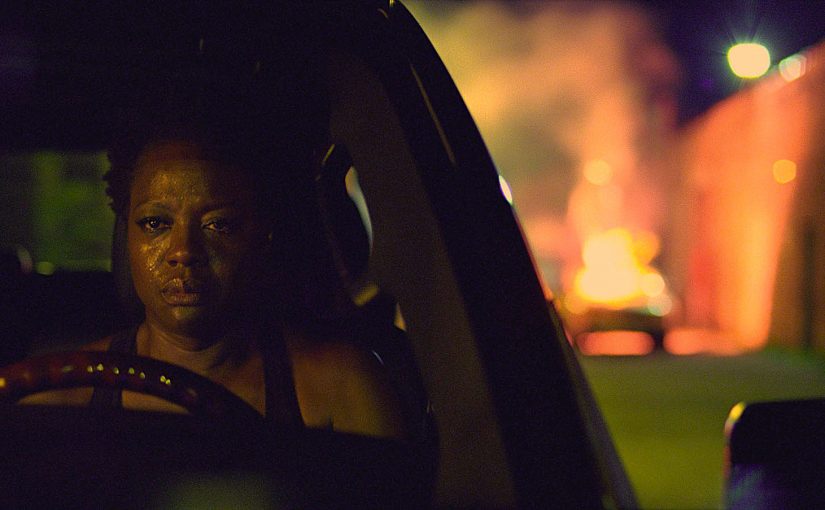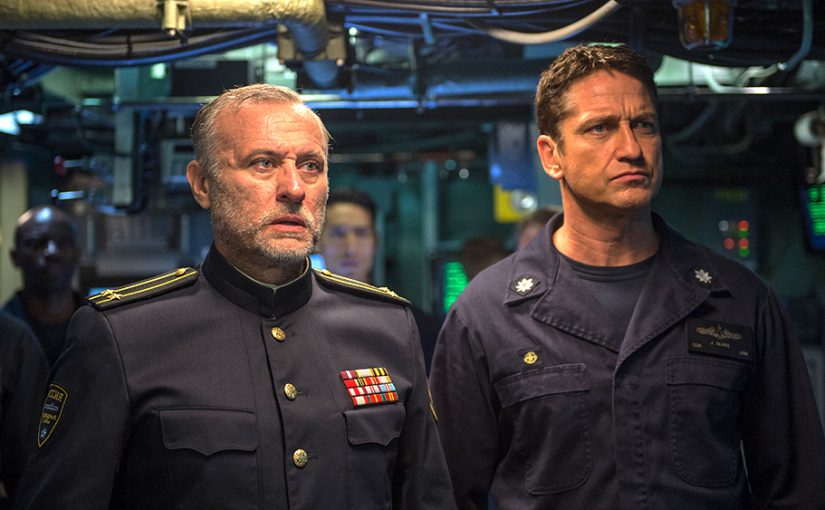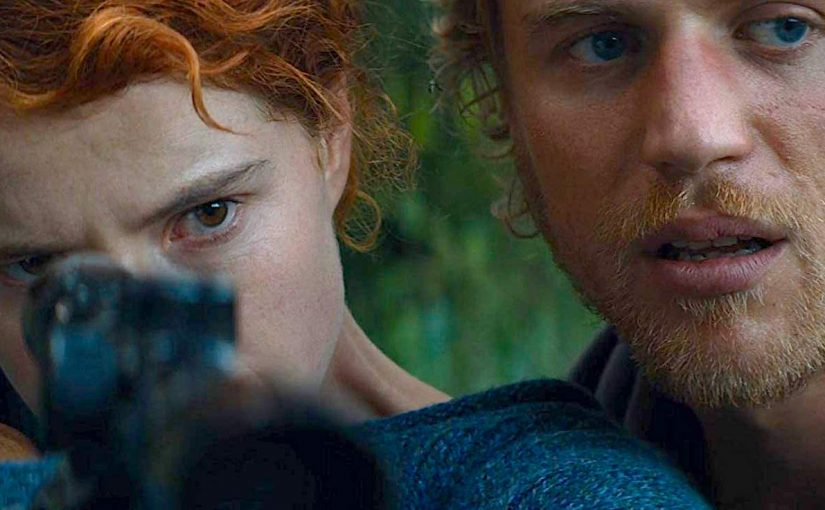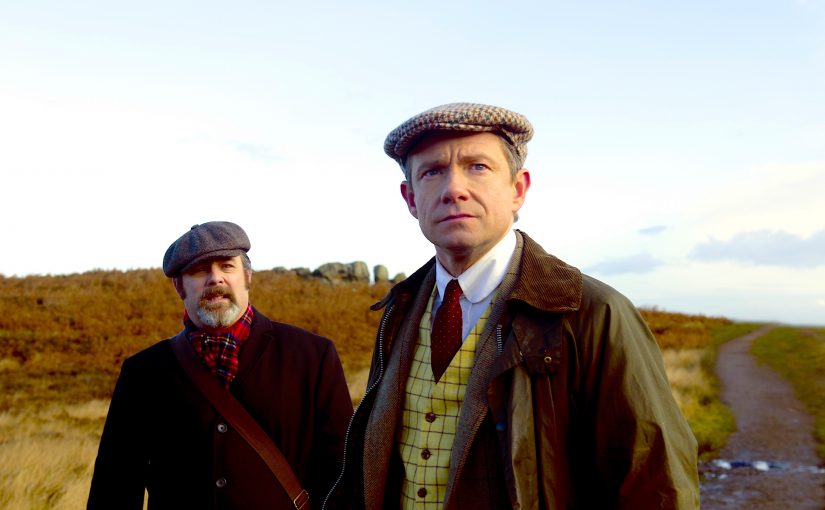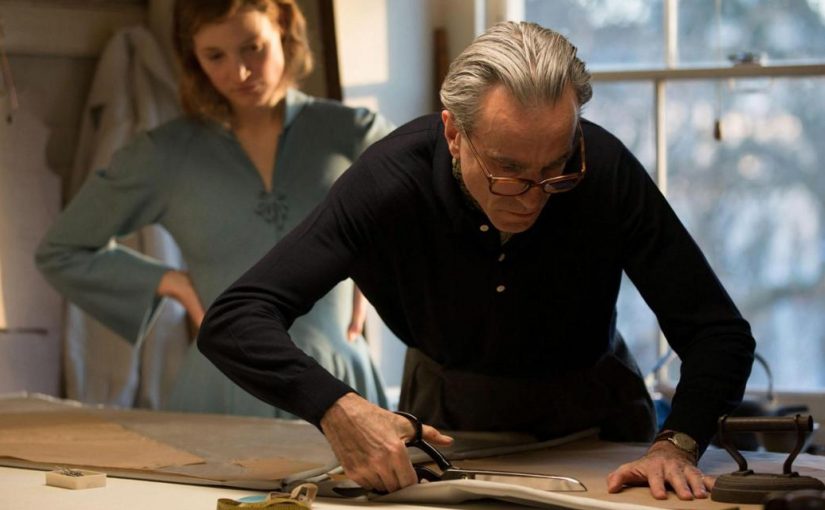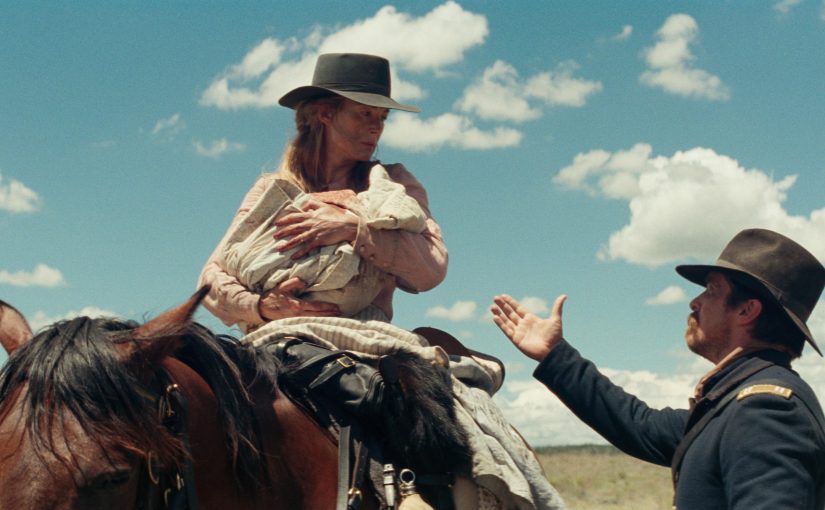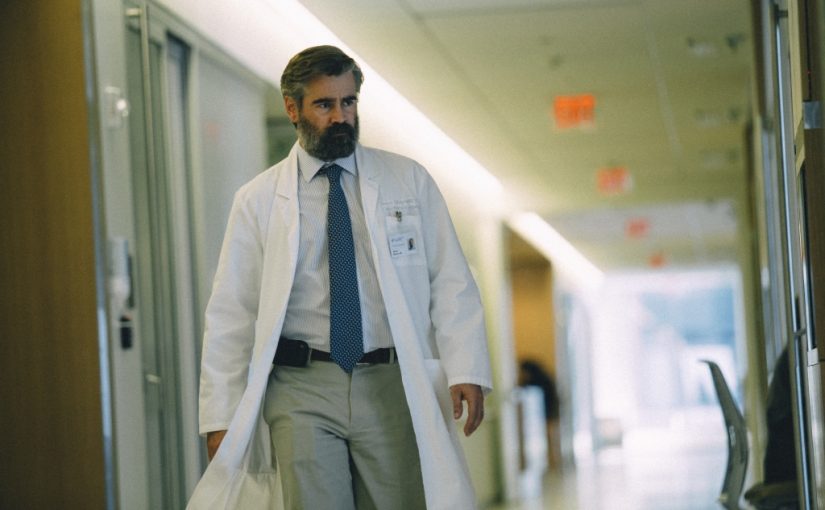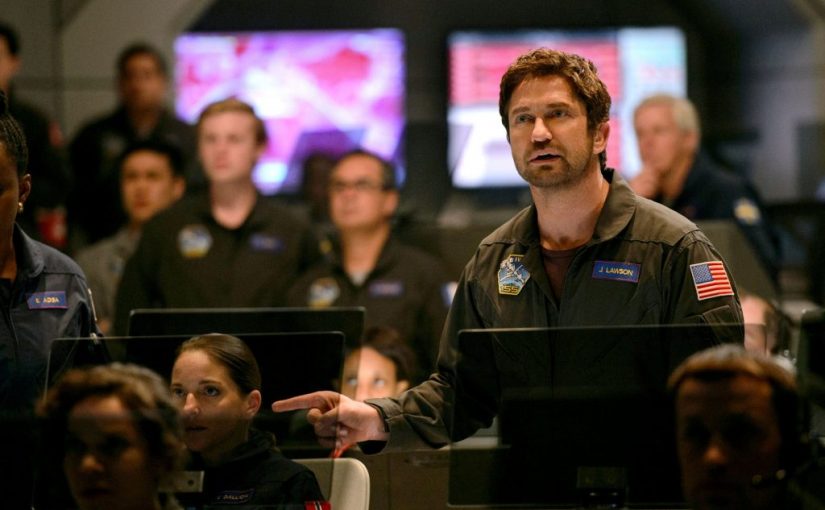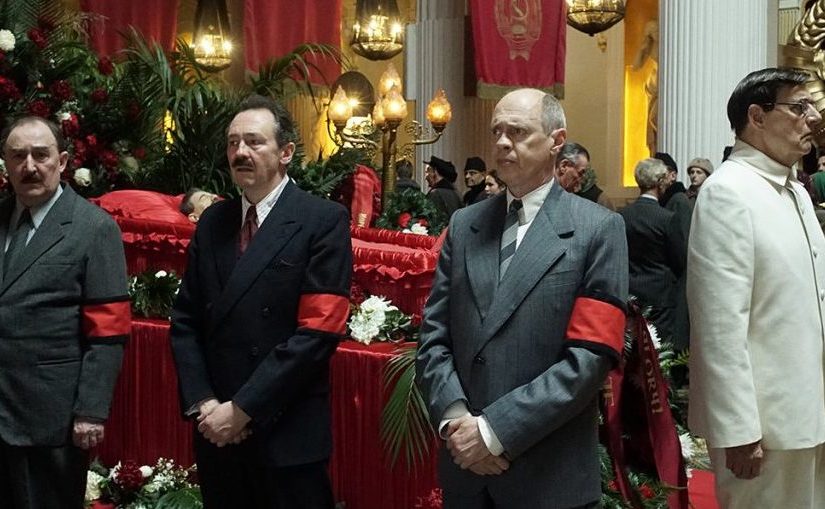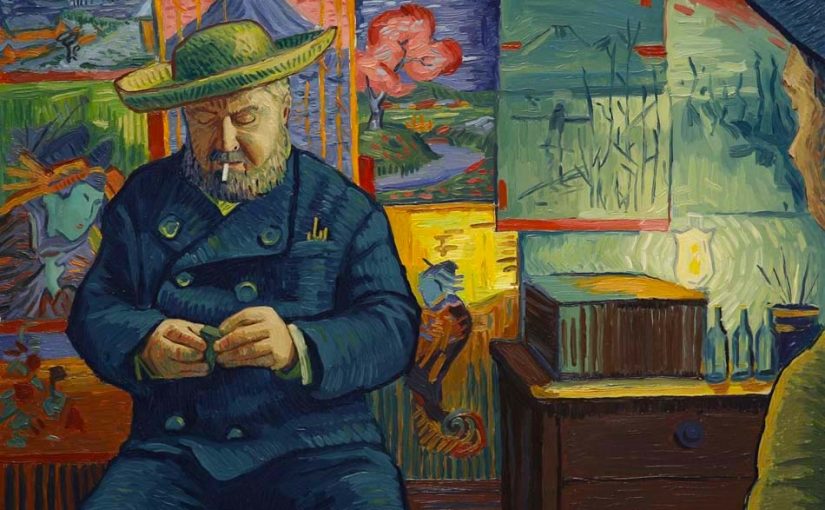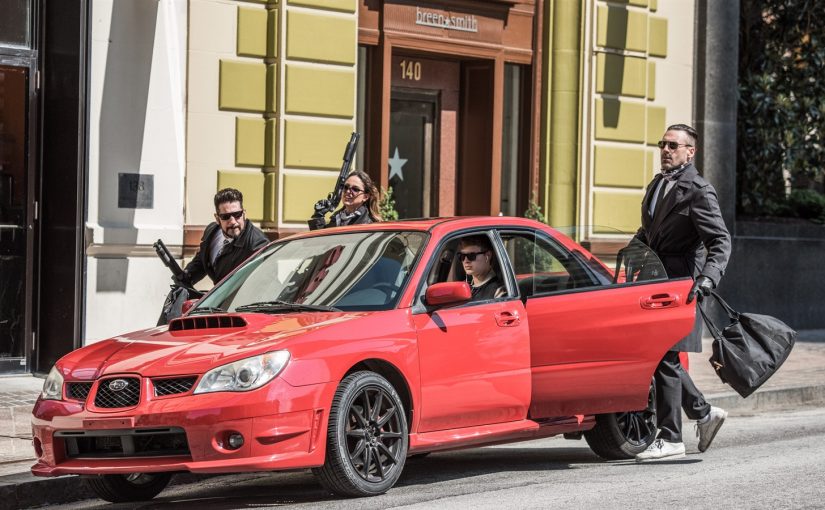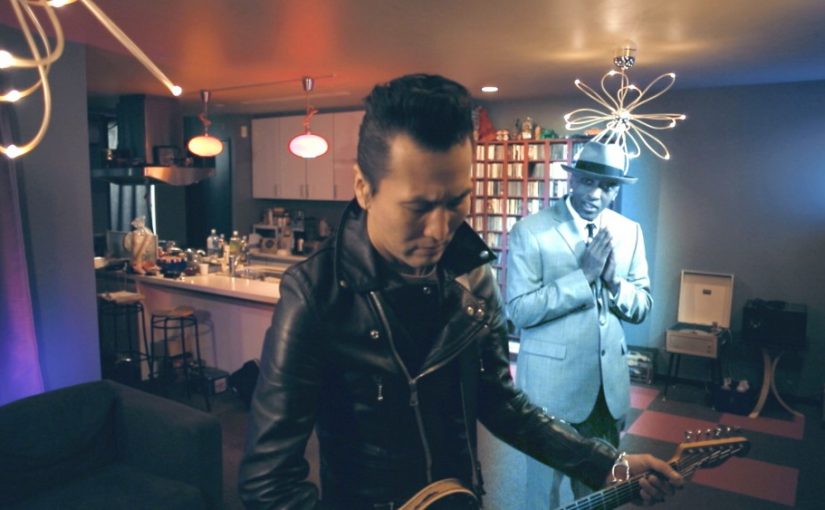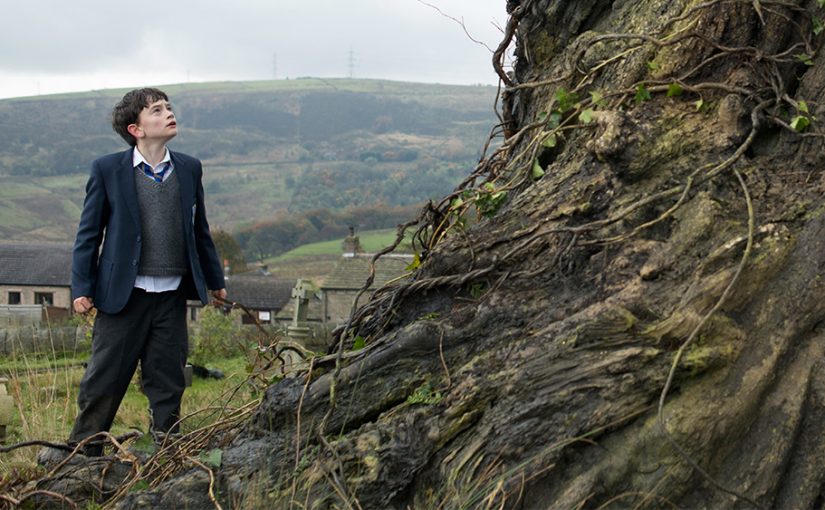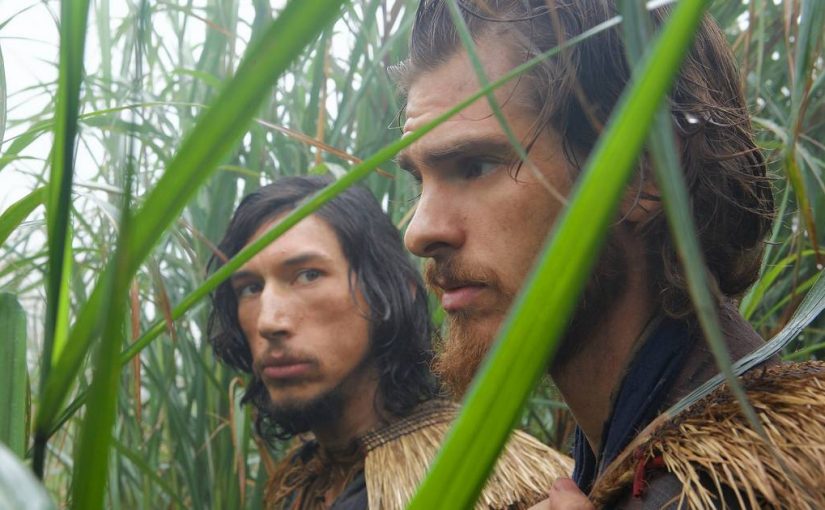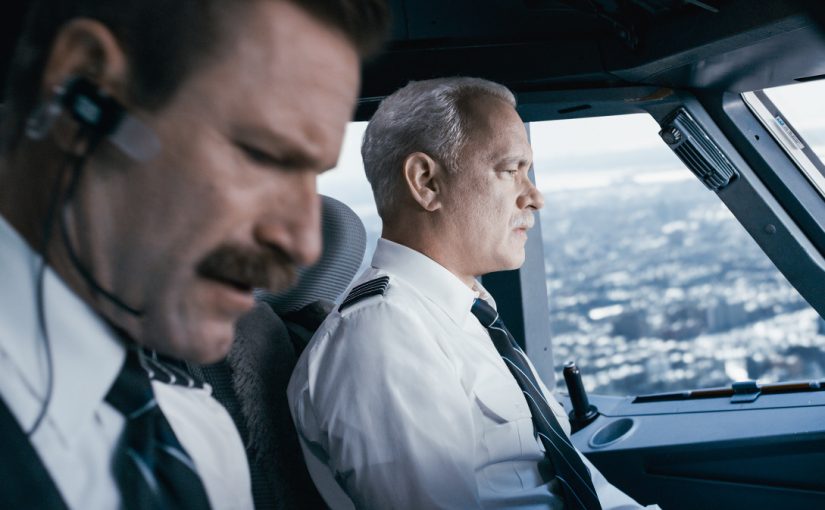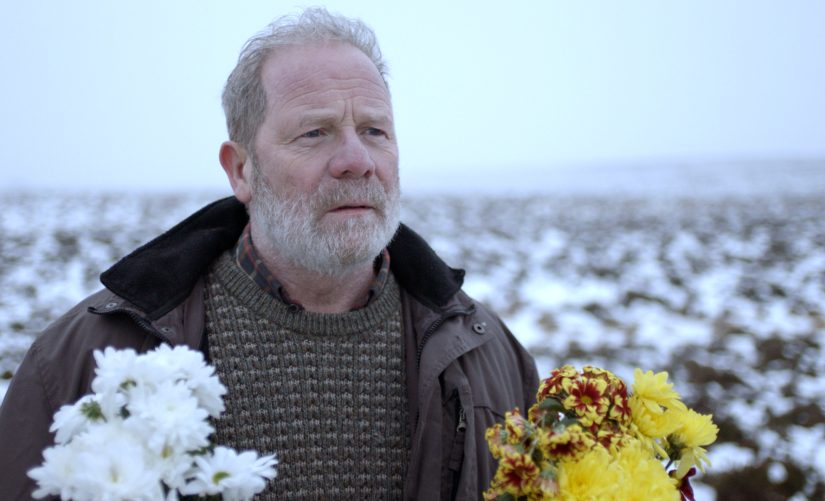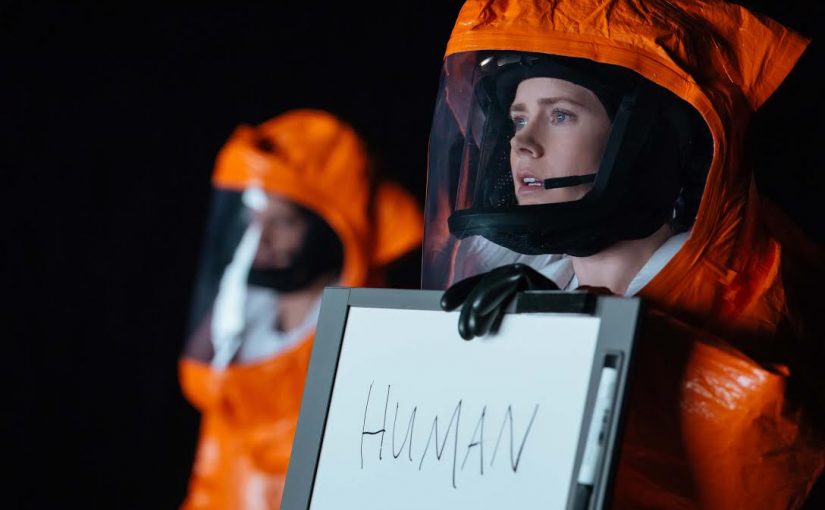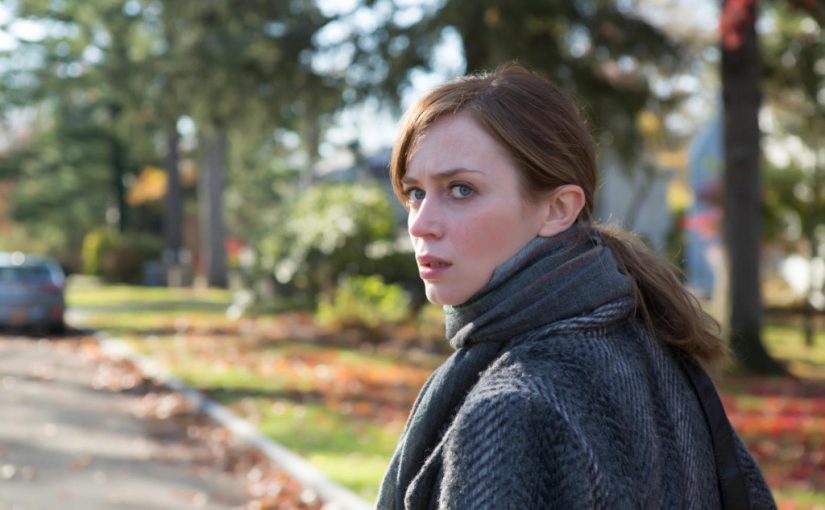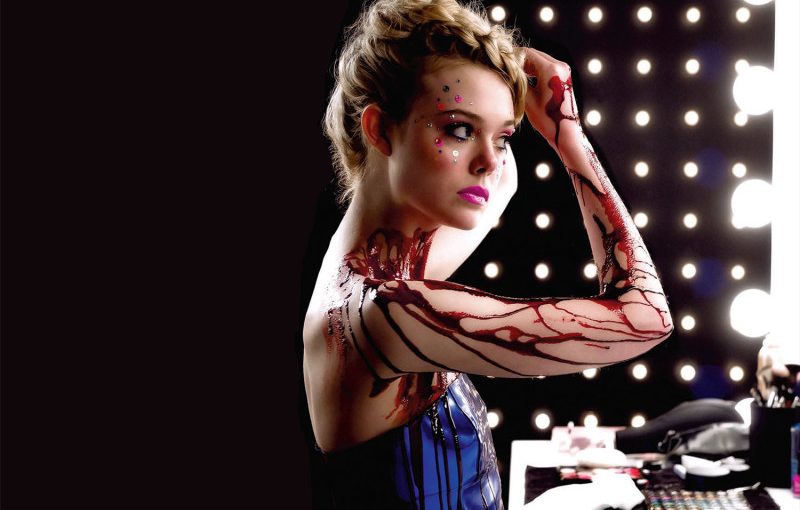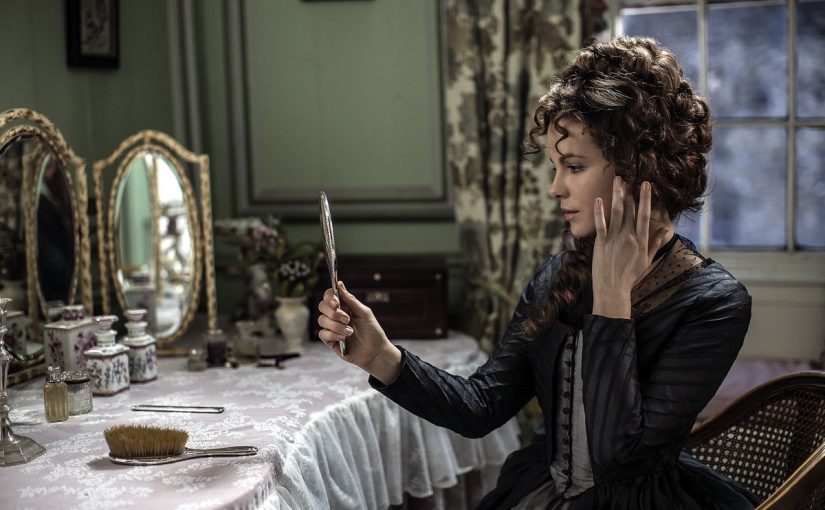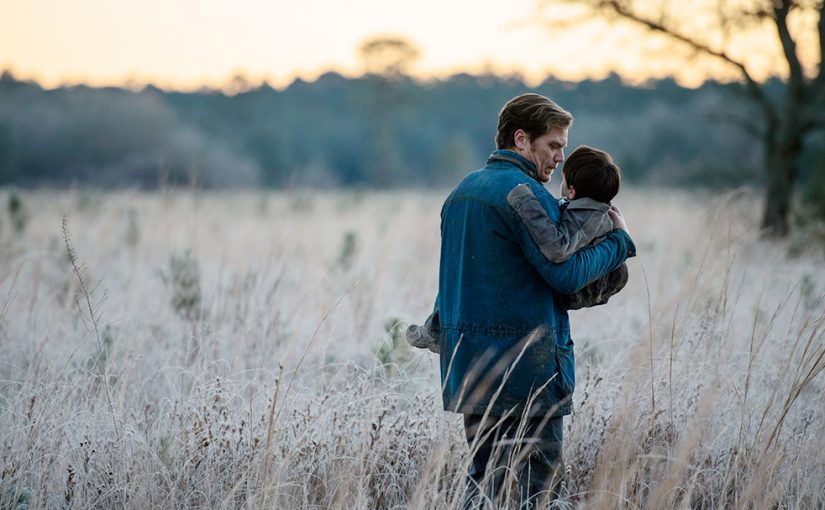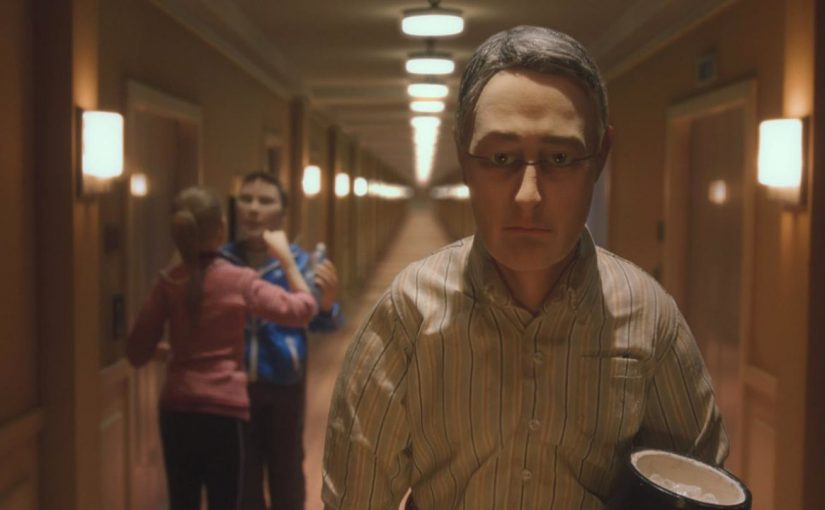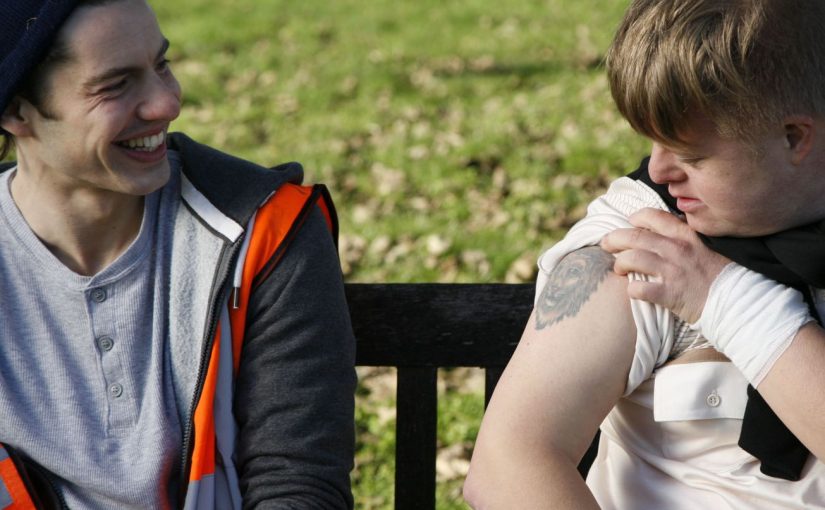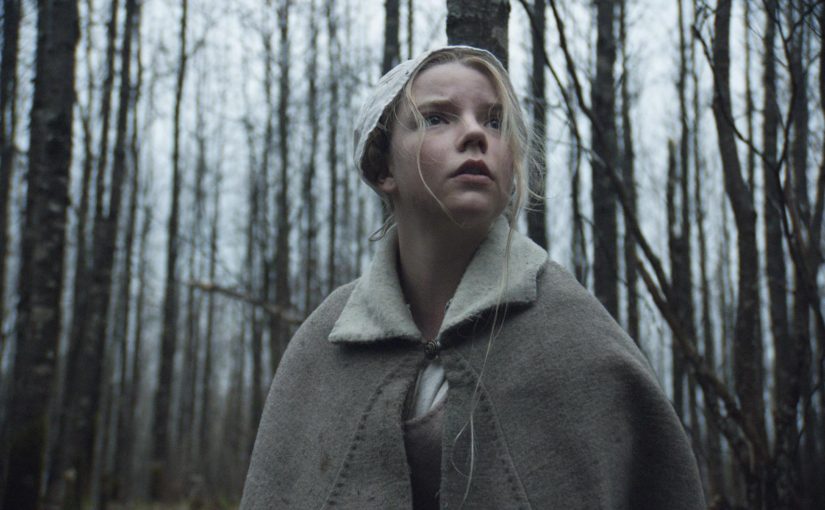2019
Dir: Bill Condon
Pros and Cons
Well, the trailer certainly persuaded me. Ian McKellen and Helen Mirren giving naturalistic portrayals of ‘ordinary’ folk? The likes of Russell Tovey and Jim Carter in support? A London-proud film spotlighting numerous locations in the city I love? Dragons …I’m in. Turns out the trailer for The Good Liar may have been a little deceptive itself.
Roy Courtnay (McKellen) is a dodgy geezer. An ageing con-artist, bumbling and gentlemanly by appearance, engaged in all sorts of dicky deals on the side, naturally making you question what might be lurking in his past. Meeting wealthy widow Betty (Mirren) on a dating site for the more mature client, he’s soon charmed his way into her life. Only Betty’s grandson Stephen (Tovey) can see it’s all way too much too soon. And as soon as Roy starts inveigling his way into her financial affairs too, Stephen embarks on a plan to reveal the skeletons in this imposter’s presumably extensive cupboard.
Adapted from Nicholas Searle’s debut novel, you sense a solid, gripping page-turner informing the screenplay. In translation to screen though, it struggles to squeeze everything in while maintaining natural pace and credibility. But it’s still an enjoyable enough romp, if an unexpectedly frothy one considering the seriousness of the talent upfront.
Mind you, it must be nigh on impossible to go wrong with McKellen. It is highly satisfying to see him as crotchety but loveable pensioner giving it “ooh me war wound” with his walking stick. Doubly so, when he chucks said stick aside to gad about the seedier spots of the west end in low-rent gangster mode. Now and again, the mask of affability slips and the foul language comes tumbling out. But it happens so rarely it jars. While these outbursts are more shocking for their incongruity (presumably the intention), they always feel oddly uncomfortable precisely because of it. Helen Mirren’s role is deliberately downplayed and domestic, one that leaves you thinking her prowess has been under-used.
As historical flashbacks piece the back-story together, and it winds towards its conclusion, it’s all a little too …forced. With any less prestigious a central duo, it would probably sink in its own contrivance, without the supporting depth of the written novel. The end result is a confusing mishmash of tones. It’s a twisty thriller, aimed at the grey pound, with a lightly comic touch, occasionally lapsing into graphic cussing and hard-hitting violence. It’s all a bit disorienting.
This ultimately daft potboiler showcases two of the country’s finest in the lead, having fun, gaining our confidence as they go. The intelligent whimsy of the previous Condon-McKellen collaboration, Mr Holmes (2015), hit the spot entirely. But the blending of styles in this follow-up reduces its impact. I left with a feeling that The Good Liar had tempted me to the cinema on false pretences. Thank god it was in the company of such exemplary actors, who, by profession, are so good at lying for a living.
★ ★ ★

